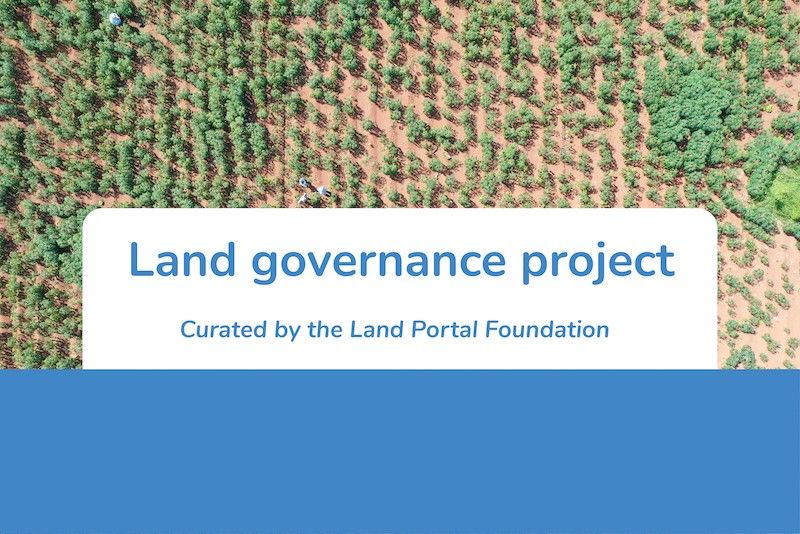Community / Land projects / Transitional shelter construction, repair, and upgrade of the most vulnerable affected by natural disasters an
Transitional shelter construction, repair, and upgrade of the most vulnerable affected by natural disasters an

€467658.3671
10/22 - 04/23
Completado
This project is part of
Implementing Organisations
Donors
Data Providers
Objectives
CAHPO in consultation with ESNFI Cluster will provide emergency assistance according to the overall objective of the Shelter Cluster to preserve the immediate safety and wellbeing of people and improve their living standards. Based on the REACH assessment the Cluster included the target areas in their priorities, to support the eligible with the shelter response together with a multi-sectoral necessary sanitation and hygiene improvement will be implemented to assist the poorest of the poor. CAHPO also conducted a rapid assessment showing similar needs. The intervention will focus to meet the urgent humanitarian needs of the vulnerable populations as well as those who return and seeking to receive shelter assistance in the targeted area. According to the sphere standard, CAHPO will assist the beneficiaries with the in-kind distribution of shelter materials for the transitional one-room shelter, repair/upgrade of the existing shelters to improve the living standards of 217 families to ensure safer and more dignified living conditions in Logar province. CAHPO studied the surrounding market and beneficiaries’ situation, and it is justifiable for in-kind assistance, see Annexes 05 and 09. Priority will be given to disabled and women- or child-headed households. They will be assisted according to their needs identified during the rapid assessment and selection of beneficiaries. The in-kind shelter materials will be distributed by the technical engineers of safe shelters and to be protected from environmental hazards. The target population is about 1520 individuals (230 men, 230 women, 530 boys, and 530) affected by unwanted displacement, COVID-19 imposed unemployment, drought (due to the reduction of pasture selling their animals), etc. Most of these people are very poor that including vulnerable women-headed, child-headed, people with disability, the elderly, and others. Because of conflict in the past, these people experienced multiple displacements. The prolonged conflict in the country and unemployment condition affected these people, who lack resources to repair/upgrade their houses and sanitation. The REACH assessment also showed because of poverty many percentages of HHs are not able to build and/or repair their houses. CAHPO adheres to CHS, shares AWAAZ # and the monitoring staff will collect the phone numbers of the beneficiaries to contact them for any issues and support for their shelter construction/upgrade and receive shelter materials. Beneficiaries should have NIDs or other certifications to check their identity correctly. Beneficiaries who have no NID will distribute verification cards by BSC. Information will be monitored frequently that will not affect by assumption and shared with stakeholders regarding the required items they receive. CAHPO team has the experience to use the RCCE guidance for awareness on COVID-19 as per WHO messages, protection amp GBV mainstreaming accepted level training, all the training will be provided separately for male/female close to the houses. Moreover, the sanitation improvement will be encouraging as part of the shelter and basic hygienic awareness to all the targeted beneficiaries, this has been communicated with WASH Cluster at the regional and national levels. ESNFI and AHF partners will be coordinated during the proposal development and implementation to harmonize the intervention and avoid duplication of services. The line department will also be informed during different stages and implementation of the activities. As mentioned in the HRP, shelter activities will be undertaken in coordination with the Government, incorporating all the relevant documents, safeguarded by evidence of legal and/or customary ownership and occupancy. Land ownership, where the beneficiaries want to build shelter will be asked to make it available as one of the preconditions for selection. BSC should confirm the ownership.

